10 course recommendations on memory areas
This article mainly introduces relevant information about Java memory area and memory overflow exception. Friends who need it can refer to the overview of Java memory area and memory overflow exception. For developers who develop C and C++ programs, in memory management In the field, programmers have absolute rights to use memory, but they must also use and clean up memory correctly, which requires programmers to have a higher level. For Java programmers, with the help of the virtual machine's automatic memory management mechanism, it is no longer necessary to write paired delete/free code for each new operation, and memory leaks and memory overflow problems are less likely to occur. It seems that Having the memory managed by the virtual machine is all well and good. However, it is precisely because Java programmers have given the power of memory control to the Java virtual machine. Once problems with memory leaks and overflows occur, if you do not understand how the virtual machine uses memory, troubleshooting errors will become a task. Extremely difficult work. In the Java runtime data area, we generally think that the JVM only consists of two parts: the heap and the stack. However, the actual Java virtual machine will
1. ## during the execution of the Java program. #Detailed introduction to Java memory area and memory overflow exception

2.
Detailed explanation of Java virtual machine
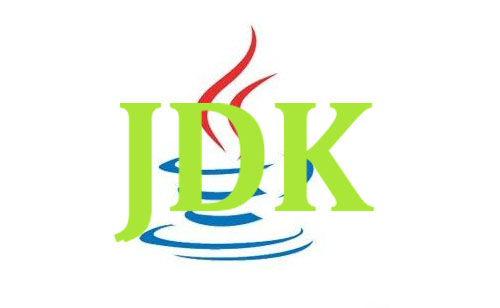
3.

4.
Java Virtual Machine Learning - Architecture Memory Model
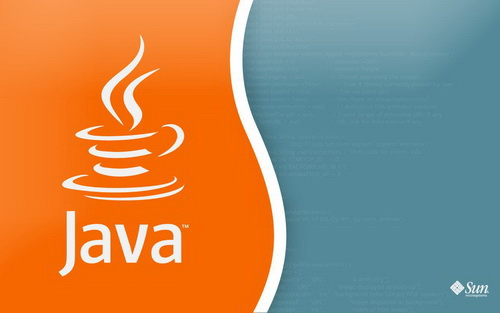 ##Introduction: Also known as "permanent generation" and "non-heap", it is used to store class information, constants, and static variables loaded by the virtual machine. It is a memory area shared by each thread. The default minimum value is. 16MB, the maximum value is 64MB, you can limit the size of the method area through the -XX:PermSize and -XX:MaxPermSize parameters
##Introduction: Also known as "permanent generation" and "non-heap", it is used to store class information, constants, and static variables loaded by the virtual machine. It is a memory area shared by each thread. The default minimum value is. 16MB, the maximum value is 64MB, you can limit the size of the method area through the -XX:PermSize and -XX:MaxPermSize parameters
##5. Java Virtual Machine Learning - Object Access
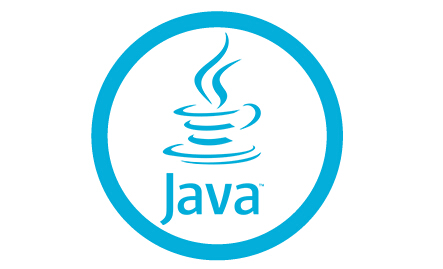 Introduction: Object access involves three memory areas: Java stack, Java heap, and method area.
Introduction: Object access involves three memory areas: Java stack, Java heap, and method area.
6. Java Virtual Machine Learning - Object Memory Allocation and Recycling
##Introduction: In most cases, objects are allocated first in the new generation Eden area. When the Eden memory area does not have enough space for allocation, the virtual machine will trigger a Minor GC (New Generation GC). During Minor GC, the virtual machine moves objects in the Eden area to one of the Survivor areas. 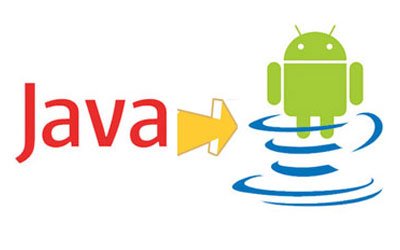
7. C# Basics of Memory Allocation

##Introduction: an object The creation process is mainly divided into two parts: memory allocation and initialization. In .NET, the memory area managed by CLR mainly consists of three parts: stack, GC heap, and LOH heap. The stack is mainly used to allocate value type data. Its management is controlled by the system, not by the GC like the GC heap. When the thread finishes executing the method of the value type instance, this space will be automatically released. Generally, the stack has high execution efficiency but limited capacity.
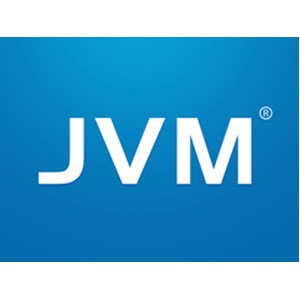
9.
In-depth understanding of Java virtual machine
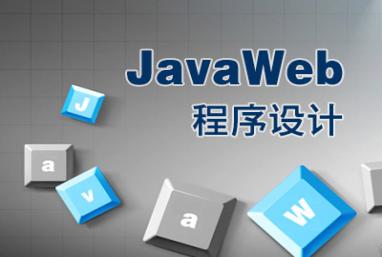
10.
PHP stores data sets directly in shared memory
#Introduction: Shared memory is an efficient way to exchange data between applications on the same machine. A process can create a memory segment that can be accessed by other processes, as long as it is assigned the correct permissions. Each memory segment has a unique ID (called a shmid) that points to a physical memory area where other processes can operate on it. Once created and given the appropriate permissions, other processes on the same machine can operate on these memory segments: read, write, and delete. This shows that applications written in C can be used with other languages such as Java How many bytes are the cache lines in your JVM?The above is the detailed content of 10 course recommendations on memory areas. For more information, please follow other related articles on the PHP Chinese website!

Hot AI Tools

Undresser.AI Undress
AI-powered app for creating realistic nude photos

AI Clothes Remover
Online AI tool for removing clothes from photos.

Undress AI Tool
Undress images for free

Clothoff.io
AI clothes remover

Video Face Swap
Swap faces in any video effortlessly with our completely free AI face swap tool!

Hot Article

Hot Tools

Notepad++7.3.1
Easy-to-use and free code editor

SublimeText3 Chinese version
Chinese version, very easy to use

Zend Studio 13.0.1
Powerful PHP integrated development environment

Dreamweaver CS6
Visual web development tools

SublimeText3 Mac version
God-level code editing software (SublimeText3)

Hot Topics
 1677
1677
 14
14
 1430
1430
 52
52
 1333
1333
 25
25
 1278
1278
 29
29
 1257
1257
 24
24
 Is the company's security software causing the application to fail to run? How to troubleshoot and solve it?
Apr 19, 2025 pm 04:51 PM
Is the company's security software causing the application to fail to run? How to troubleshoot and solve it?
Apr 19, 2025 pm 04:51 PM
Troubleshooting and solutions to the company's security software that causes some applications to not function properly. Many companies will deploy security software in order to ensure internal network security. ...
 How do I convert names to numbers to implement sorting and maintain consistency in groups?
Apr 19, 2025 pm 11:30 PM
How do I convert names to numbers to implement sorting and maintain consistency in groups?
Apr 19, 2025 pm 11:30 PM
Solutions to convert names to numbers to implement sorting In many application scenarios, users may need to sort in groups, especially in one...
 How to simplify field mapping issues in system docking using MapStruct?
Apr 19, 2025 pm 06:21 PM
How to simplify field mapping issues in system docking using MapStruct?
Apr 19, 2025 pm 06:21 PM
Field mapping processing in system docking often encounters a difficult problem when performing system docking: how to effectively map the interface fields of system A...
 How to elegantly obtain entity class variable names to build database query conditions?
Apr 19, 2025 pm 11:42 PM
How to elegantly obtain entity class variable names to build database query conditions?
Apr 19, 2025 pm 11:42 PM
When using MyBatis-Plus or other ORM frameworks for database operations, it is often necessary to construct query conditions based on the attribute name of the entity class. If you manually every time...
 How does IntelliJ IDEA identify the port number of a Spring Boot project without outputting a log?
Apr 19, 2025 pm 11:45 PM
How does IntelliJ IDEA identify the port number of a Spring Boot project without outputting a log?
Apr 19, 2025 pm 11:45 PM
Start Spring using IntelliJIDEAUltimate version...
 How to safely convert Java objects to arrays?
Apr 19, 2025 pm 11:33 PM
How to safely convert Java objects to arrays?
Apr 19, 2025 pm 11:33 PM
Conversion of Java Objects and Arrays: In-depth discussion of the risks and correct methods of cast type conversion Many Java beginners will encounter the conversion of an object into an array...
 E-commerce platform SKU and SPU database design: How to take into account both user-defined attributes and attributeless products?
Apr 19, 2025 pm 11:27 PM
E-commerce platform SKU and SPU database design: How to take into account both user-defined attributes and attributeless products?
Apr 19, 2025 pm 11:27 PM
Detailed explanation of the design of SKU and SPU tables on e-commerce platforms This article will discuss the database design issues of SKU and SPU in e-commerce platforms, especially how to deal with user-defined sales...
 How to use the Redis cache solution to efficiently realize the requirements of product ranking list?
Apr 19, 2025 pm 11:36 PM
How to use the Redis cache solution to efficiently realize the requirements of product ranking list?
Apr 19, 2025 pm 11:36 PM
How does the Redis caching solution realize the requirements of product ranking list? During the development process, we often need to deal with the requirements of rankings, such as displaying a...




